Welcome to Our Blog
How To Prevent Separation Anxiety in Dogs
It’s much easier to prevent separation anxiety than to treat it once it develops. Start the day your new puppy or rescue dog comes home—and continue whenever routines or environments change. Dogs who get constant attention early on may struggle when left alone, so building independence from the start keeps them calm, confident, and content.
Five Key Steps:
Gradual Alone-Time Training: Begin with a few seconds and slowly increase as your dog stays relaxed.
Predictable Goodbye Cues: Use a calm phrase like “back soon” and avoid emotional farewells.
Regular Confinement Training: Short sessions in a crate, playpen, or gated area to practice low-stress separation while you remain at home.
High-Value Enrichment: Reserve food puzzles, stuffed Kongs, or lick mats for downtime training with you nearby.
Balanced Daily Routine: Combine exercise, play, and mental stimulation to reduce restlessness.
Consistently practicing these strategies helps your dog feel secure when alone and prevents separation anxiety before it starts.
How to Train a Dog to Sit Using Games of Choice
Dog Training Los Angeles: It’s Your Choice (IYC) is a critical core foundation game because it sets the stage for teaching self-control over all future reinforcers (reinforcers = anything your dog likes or enjoys). It teaches our dogs that all things of value must be earned. The premise of the game is that the “work” is what earns the reward not just the presence of those rewards in the environment.
How to Train a Dog Not to Pull on Leash
Dog Trainer Alexandra Bassett demonstrates how to train a dog to walk with a loose leash, meaning that they’ve learned not to pull you in order to get where they want to go,. Leash manners are taught in incremental steps starting by teaching a dog how to respond to leash tension, know as “leash communication,” and where you want them to position themselves while walking on a leash, which can be achieved by playing stationary and moving reinforcement zone games..
How To Prepare Your Dog For The 4th of July
Dog & Puppy Training Tips: Dogs are social creatures that benefit from being included in family activities. However, if a dog is afraid of fireworks, Independence Day can be a terrifying experience for them. To ensure the 4th of July doesn't turn into a traumatic experience for both you and your dog, it's important to have a plan for keeping your dog safe and comfortable when the fireworks go off. Here are some tips from a Los Angeles dog trainer on how to get your dog or puppy ready for Independence Day.
What is a Doodle Dog?
Doodle dogs are fast becoming the most popular dog breed in America because of their friendly nature and hypo-allergenic and low-shedding coats. There are many kinds of Doodle dog breeds of various sizes depending on the Poodle variant with which they are mixed, however the most popular are the Goldendoodle, the Labradoodle, and the Double Doodle.
Dog Training: The Dominance Myth
Debunking the “Alpha Dog” Myth: Modern, Effective Dog Training Tips from a Certified Professional Dog Trainer
Leash reactive dogs—those that bark, growl, or lunge at other dogs or people while on a leash—are increasingly common in urban areas and busy cities. For years, many dog owners were taught the outdated “alpha dog” theory, which suggested that dominating your dog was the key to control.
Science-based training shows a better way. Positive, reward-based methods foster trust, communication, and cooperation, teaching dogs desirable behaviors without fear or intimidation.
By abandoning dominance-based approaches, dog owners can tackle leash reactivity, jumping, and aggression more effectively—building stronger, healthier, and more respectful bonds with their dogs.
How To Train A Puppy Not To Bite
How to teach a puppy not to bite starts with consistency and positive training. The key is knowing how to respond the moment your puppy bites, so you can set clear boundaries and build respectful, gentle play habits. In this guide, you’ll learn proven techniques like redirection, chew toy training, and calm timeouts to stop puppy biting without punishment. Plus, get expert tips from a certified dog trainer to help your puppy grow into a well-mannered, bite-free companion.
Leash Reactivity in Dogs: Why Your Dog Barks and Lunges on Walks
City walks with a reactive dog can be stressful. Leash reactivity—barking, lunging, or over-arousal—often stems from fear, frustration, or past experiences. Learn what triggers this behavior, why it happens, and expert strategies using positive reinforcement to help your dog stay calm, confident, and focused on walks.








